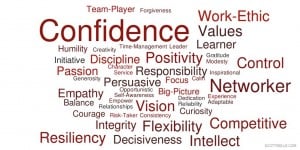As the school year closes, brightly colored displays and children’s laughter are replaced with storage bins brimming with last year’s ideas. Teachers work quickly to close out the year and talk excitedly about what the summer holds. Something else happens behind the scenes that others rarely see…standardized test data is being examined and analyzed. Numbers are crunched, proficiency and growth calculated. With this a slow veil of “standardized fog” begins to permeate our school.
On one of our workdays, we began to look at our data and make discoveries about our year. How did we do? Were we successful? What could have been improved? Within our discussion, one teacher exclaimed, “These are not just reds, these are children! That is amazing that we cut that number in half because these are children.” This statement was real and powerful because at that moment, I looked at each chart and each number just a bit differently. Everyone in that room knew that we were looking at children’s scores but had been looking at it with a self-critical eye not a teacher’s heart.
School level data discussions are a precursor to the county and state level data that will soon follow. The data immediately sweeps in to exalt the school to the heavens or becomes a fog that settles in and blurs the reality and success made.
The data displayed on graphs with numbers make it easy to locate weaknesses, but when you attach a child’s face to the score—things are different. A chart showing 7 students with non-passing scores looks like a failure, but upon closer evaluation, these 7 students all grew at least a level—Is that a failure or a success? Another chart showing 77% proficient certainly looks like a success until you look deeper to see that 26% of those students fell a level from last year.
As you hear about school report cards and rankings, please keep in mind that you may see a silhouette of student and teacher success or failure against the haze of data you view but ask–Is it an accurate portrayal?
Data is a marvelous tool to help us grow as educators, however, it is important to remember as we are being ranked against one another and graded, it is simply a piece of information. We can allow the use of data to help us focus on the important details through the haze or we can allow it to veil our vision. My hope for all of us is to rejoice in our successes, accept our weaknesses, and remember the children behind the numbers. It is these children that we work for each day, and their progress is our top priority—THEIR PROGRESS—we need to celebrate that.
